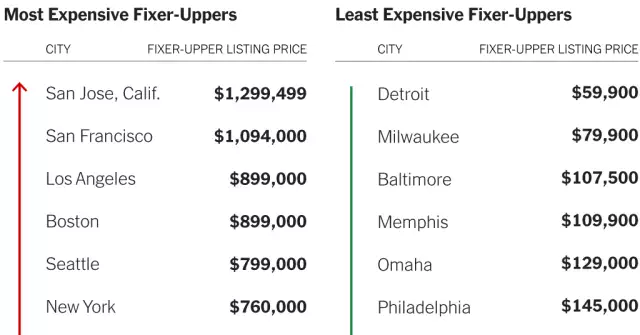What is Discount Rate In the Real Estate?
The discount rate is extensively used to estimate the present values of future cash flows from any entrepreneurial activity, not just real estate. The real estate discount rate is primarily the discount rate used to calculate the present value (PV) or net present value of a property's net cash flows using the Discounted Cash Flow (DCF) model. The real estate discount rate is defined as the needed rate of total annual return for properties identical to the property under consideration by local real estate investors at the time of the analysis.
Real estate discount rates vary not only across property kinds and urban markets but also within specific properties within the same property type and metropolitan area.
The reason for these variances is that the discount rate is heavily influenced by the risk of a certain property's future cash flows.
The risk of a property's future cash flows is determined not only by the state of the real estate market in the urban area in which it is located, but also by the property's specific physical, financial, legal, and other characteristics, as well as the strength of its location and the state of the submarket in which it competes for buyers or tenants.
In addition to the aforementioned factors, the discount rate applied to the cash flows of a specific property may differ across investors due to different risk tolerance levels and other factors related to each investor's situation dictating separate required returns and, thus, different discount rates.
Relationship between Real Estate Discount Rate and Property Investment Value
It is critical to comprehend the connection between current market discount rates for real estate and the value of a property to an investor. This is a bad connection. For example, when the market climate becomes extremely unpredictable, investors' required returns and, as a result, real estate discount rates rise significantly. As a result, assuming that all other factors influencing property values remain constant, the investment value of real estate assets declines significantly. Because a larger discount rate is applied to compute the present value of any given cash flow, the present value lowers.
When the economy is growing and the real estate market is healthy, with rising rents and falling vacancy rates, investors will view property investments as less risky and will be ready to accept lesser returns when purchasing real estate assets. As a result, necessary returns by investors and, as a result, real estate discount rates are lower during those times, resulting in greater property valuations from an investment standpoint.
Discount Rate Formula
For an objective estimation of a property's investment worth, the discount rate that should be applied to its cash flows should be computed using the discount rates that were applied to the cash flows of comparable properties that were recently traded nearby.
However, there are two issues with taking this strategy. To begin with, there may be few or no comparable transactions in the immediate region of the property under consideration. Furthermore, even if a significant number of such transactions were available, determining what discount rate was used in each case would be impossible without knowing the exact net cash flow estimates on which the buyer of each property agreed to pay the particular purchase price.
So, how does an investor arrive at a precise amount to be used as the discount rate for a certain property? When information on market discount rates for various property types is unavailable, an investor can estimate the discount rate for a single property using the following formula:
Real Risk-Free Rate + Inflation + Property-Specific Risk Premium = Discount Rate
The figure utilized in the above formula for the real risk-free rate is the five or ten-year government bond rate less the current inflation rate at the time of the computation. The justification for adopting government bond rates as the risk-free rate is that the likelihood of a government failing on its obligations is thought to be exceedingly low. Because of the long-term nature of property investments, the five or ten-year government bond rate is considered more appropriate for real estate discount rates.
Finally, the risk premium is the additional return the investor requires based on the risk of the specific property and its location, which should be added to the above formula rather than today's inflation rate. Thus, the risk premium entered in the above formula should be computed on the basis of all the distinctive qualities of the specific asset and its location that are likely to affect its desirability, marketability, and, ultimately, future cash flows.









